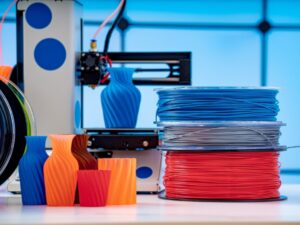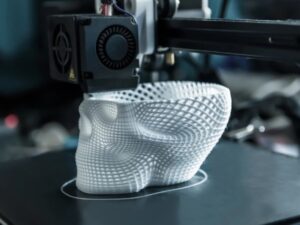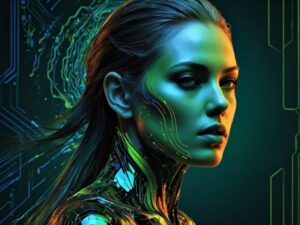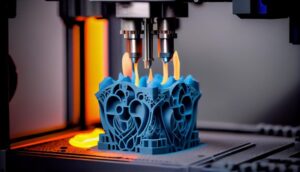With the rapid development of artificial intelligence, creating 3D models from text, images, or videos is now more accessible than ever. AI 3D model creation tools not only help save time but also expand creative capabilities for developers, designers, engineers, and even non-professional users. In this article, 3Dmanufacturer introduces you to the most prominent tools widely used today!
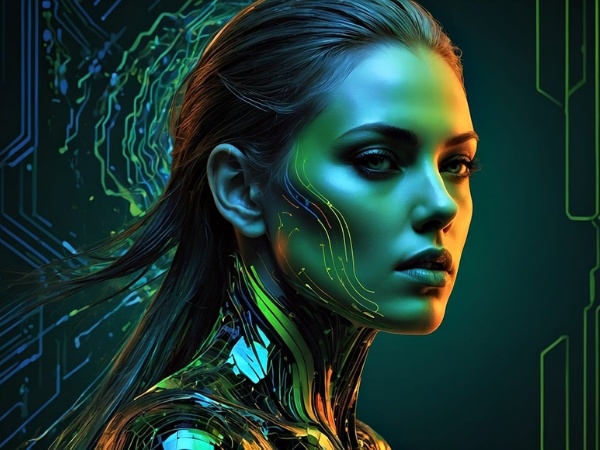
Nội dung
Top trending AI tools for 3D model creation
The fast-paced development of artificial intelligence has opened a new era for 3D design – where every idea can be transformed into vivid geometry with just a few clicks. Below are the most outstanding AI 3D model creation platforms today, making it easy to turn ideas into 3D products.
Genie (Luma AI)
Developed by Luma AI, Genie is a pioneering AI 3D model creation tool that recreates real-world spaces using computer vision technology. Unlike many platforms that focus only on static images or text, Genie stands out by processing video footage to reconstruct scenes and objects in 3D, serving creative fields requiring high interactivity such as virtual reality (VR), augmented reality (AR), and video games.
Key highlights of Genie (Luma AI):
- Scene reconstruction from real-life videos: Allows scanning and recreating real environments from videos recorded with phones or cameras, turning real-life scenes into interactive 3D spaces.
- 3D flythrough mode: Users can generate virtual camera movements as if flying through the rendered 3D space, delivering an immersive experience.
- Dynamic scene creation: Genie can rebuild mildly dynamic scenes, not just static ones – suitable for creating animated clips for films, marketing videos, or simulations.
- Natural language input (alpha): The experimental version of Genie allows users to enter text descriptions to create basic 3D models.
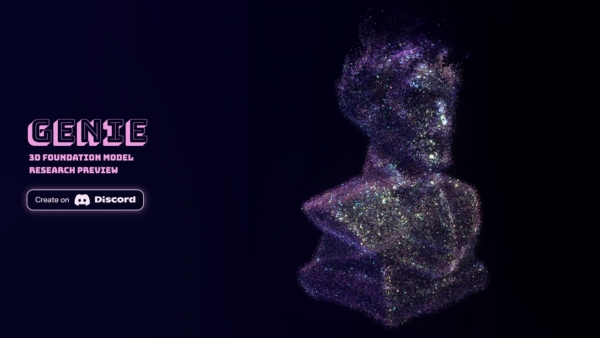
Due to its use of complex algorithms for video processing and detailed rendering, Genie requires relatively high system specs, especially for GPU. Additionally, model rendering may take time with long videos or complex environments.
Website: https://lumalabs.ai/
Meshy
Meshy is a highly dynamic AI-powered tool for creating 3D models. It enables users to bring their ideas to life from text or images into 3D products in a short amount of time.
Key features of Meshy:
- 3D modeling from text: Thanks to powerful AI algorithms, Meshy can transform natural language descriptions into complete and detailed 3D models.
- Image-to-texture conversion: Meshy enhances simple images into intricate textures, suitable for game design, animation, or VR simulations.
- Robust integration: Supports popular file formats such as .obj, .fbx, .stl, .gltf and integrates smoothly with design software like Blender and Unity.
- API and plugin support: Offers extensions to automate workflows and sync with other design ecosystems.
- Retry feature in Meshy-4: Users can regenerate models if unsatisfied with the result without rewriting the original prompt.
- Output customization with negative prompts: Enables users to exclude unwanted elements during model generation.
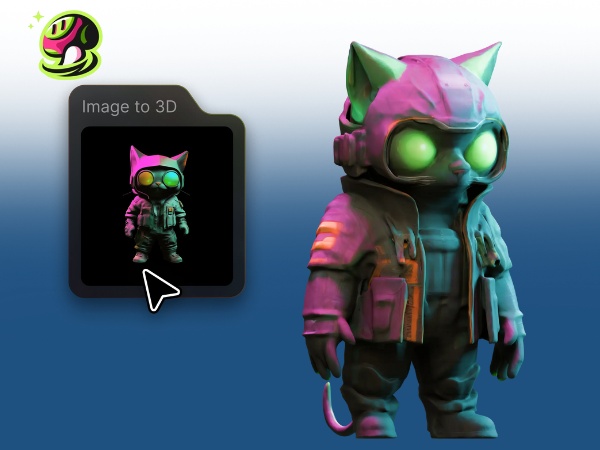
However, Meshy requires a stable internet connection for optimal performance, especially when processing large files. Also, many advanced features are only available through paid subscription plans.
Website: https://www.meshy.ai
Appy Pie
Appy Pie is a versatile AI 3D model creation tool that supports areas such as advertising, product design, and e-commerce – quickly enhancing visual outputs.
Key features include:
- 3D modeling from 2D images: Converts regular static images into dynamic 3D models — ideal for digital product displays or visually-driven marketing campaigns.
- Easy design with drag-and-drop: A user-friendly interface that doesn’t require graphic design knowledge, enabling flexible and quick actions.
- Automatic background removal: Helps eliminate unnecessary backdrops to highlight the object and make the final model look more natural and accurate.
- Real-time preview: Appy Pie lets users monitor the model creation process live, making it easy to fine-tune and complete the product efficiently.
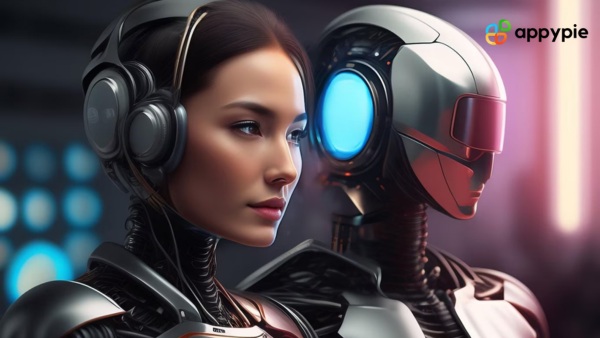
Limitations of this AI 3D modeling tool include:
- Feature limitations in the free version: Users on the basic plan cannot access all advanced tools, which can be challenging for customization-heavy projects.
- Lack of advanced tools for large projects: Appy Pie is more suited for simpler needs, while complex or in-depth projects may require more robust platforms.
Website: https://www.appypie.com
Point-E (OpenAI)
Point-E is an open-source AI 3D model creation tool developed by OpenAI – the organization behind DALL·E 2 and ChatGPT. Its standout feature is the ability to convert text or images into 3D point clouds, serving as a foundation for creating 3D objects.
- Free and open-source: Freely usable and customizable for research or development purposes.
- Supports text and image input: Offers flexible input options.
- Easily accessible via Google Colab or Jupyter Notebook: Ideal for developers, students, and researchers.
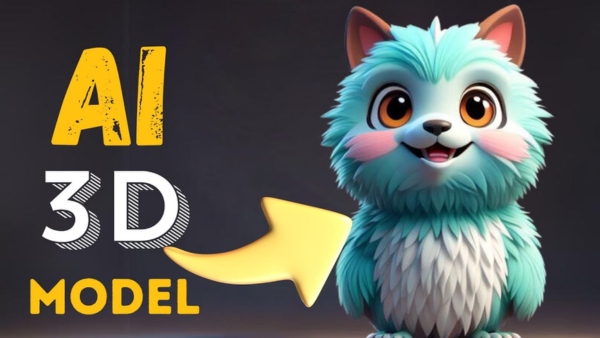
Limitations:
- Only generates point clouds: Does not create mesh or fully textured models like some commercial tools.
- Requires technical knowledge: Effective use of Point-E demands programming skills, particularly in Python and platforms like Colab or Jupyter.
- Limited output quality: Since it is still in the research phase, the generated images and models lack high detail.
Website: https://github.com
RODIN (Microsoft)
RODIN is an AI-powered 3D modeling tool developed by Microsoft, designed to support the rapid and intuitive creation of digital characters. RODIN can recreate lifelike 3D character models, delivering realistic visuals for use in games, animation, and VR technology.
Key features:
- 3D modeling from static images: Users can input portrait images to automatically generate 3D character models with full panoramic view and rotation.
- High-fidelity digital avatars: Focuses on facial aesthetics and detail, ideal for personalization in games, VR/AR, and virtual social networks.
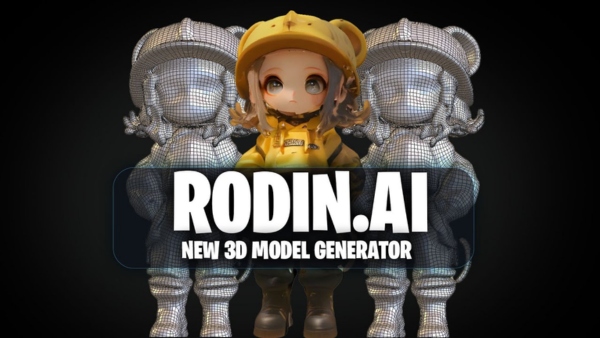
Although RODIN offers outstanding image reconstruction technology, it still lacks deeper customization capabilities, such as adjusting character styles or creating unique artistic perspectives.
Website: https://3d-avatar-diffusion.microsoft.com
AI 3D model creation tools are becoming powerful allies across industries such as design, gaming, virtual reality, and e-commerce. With cutting-edge platforms like Genie, Meshy, Appy Pie, Point-E, and RODIN, users can quickly turn ideas into interactive 3D visuals. Choosing the right tool can save time, improve workflow efficiency, and unlock creative potential in today’s ever-evolving digital landscape.



